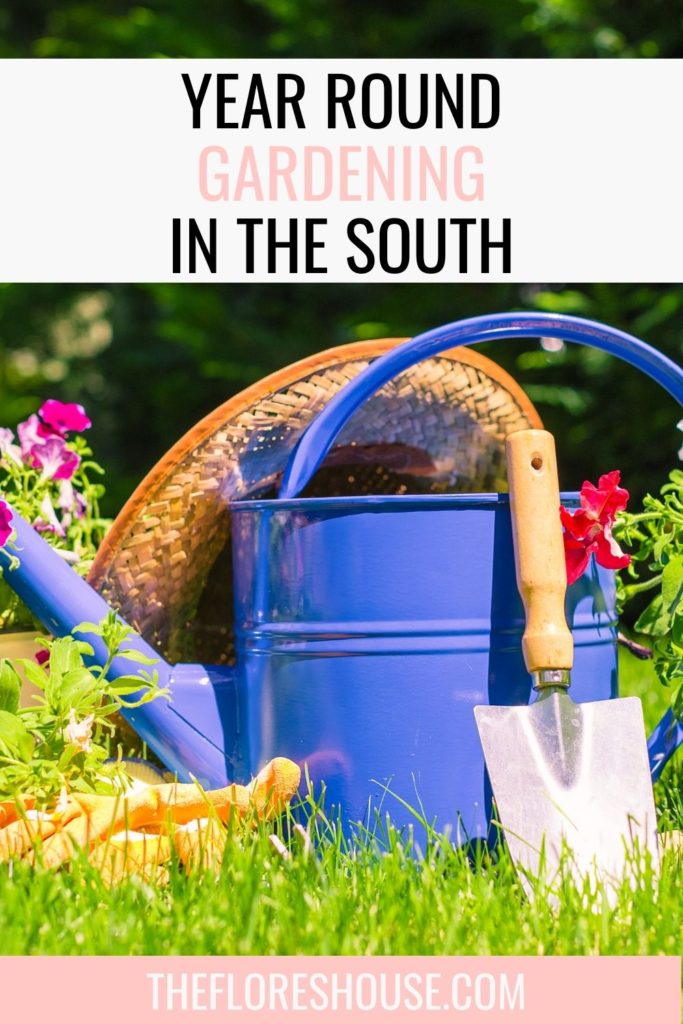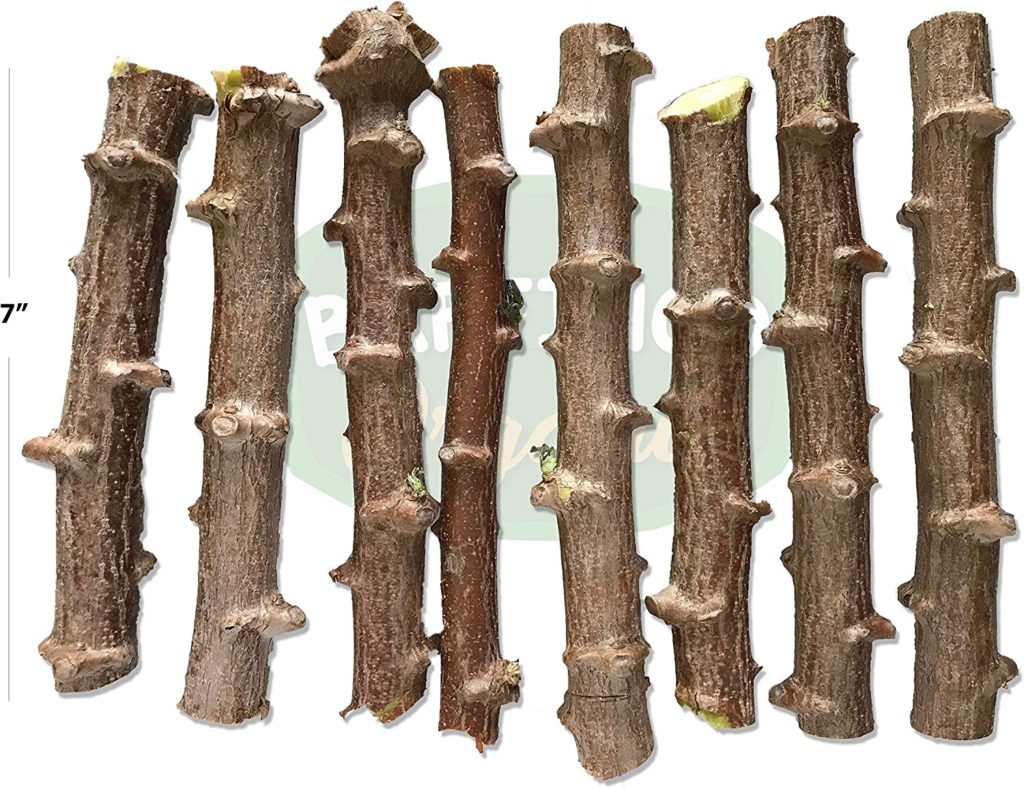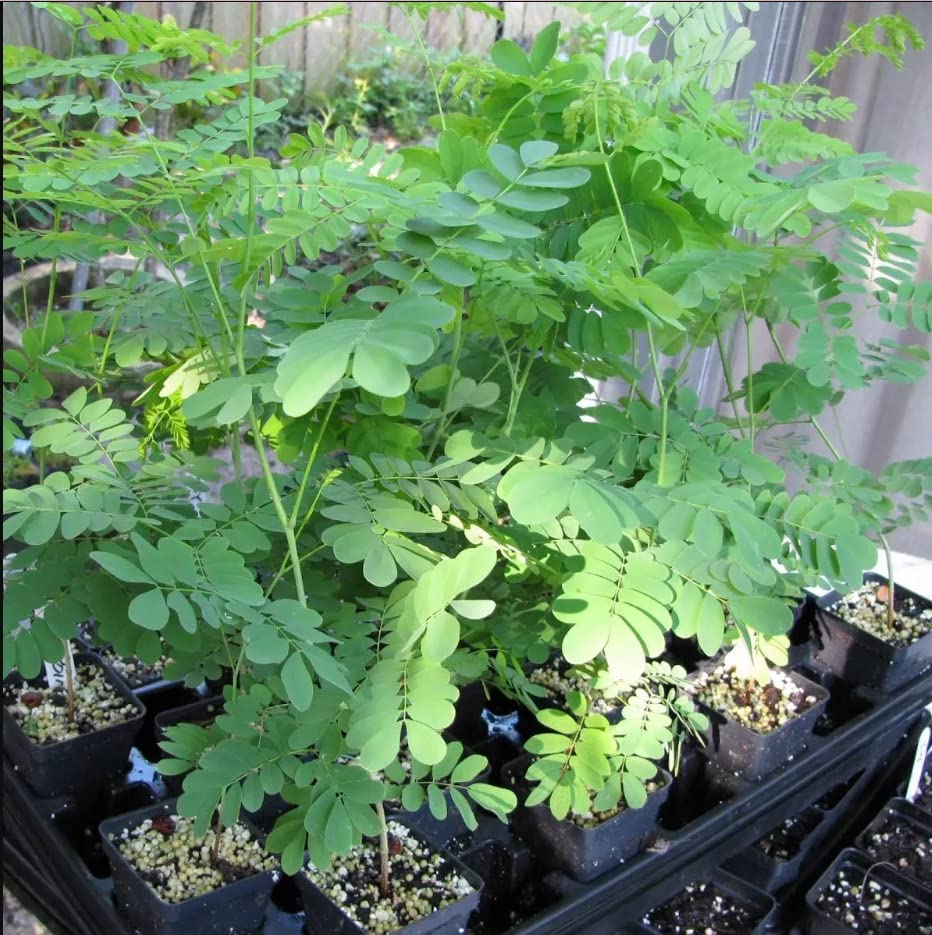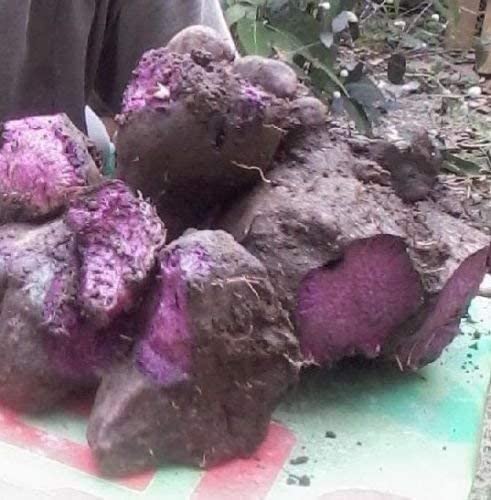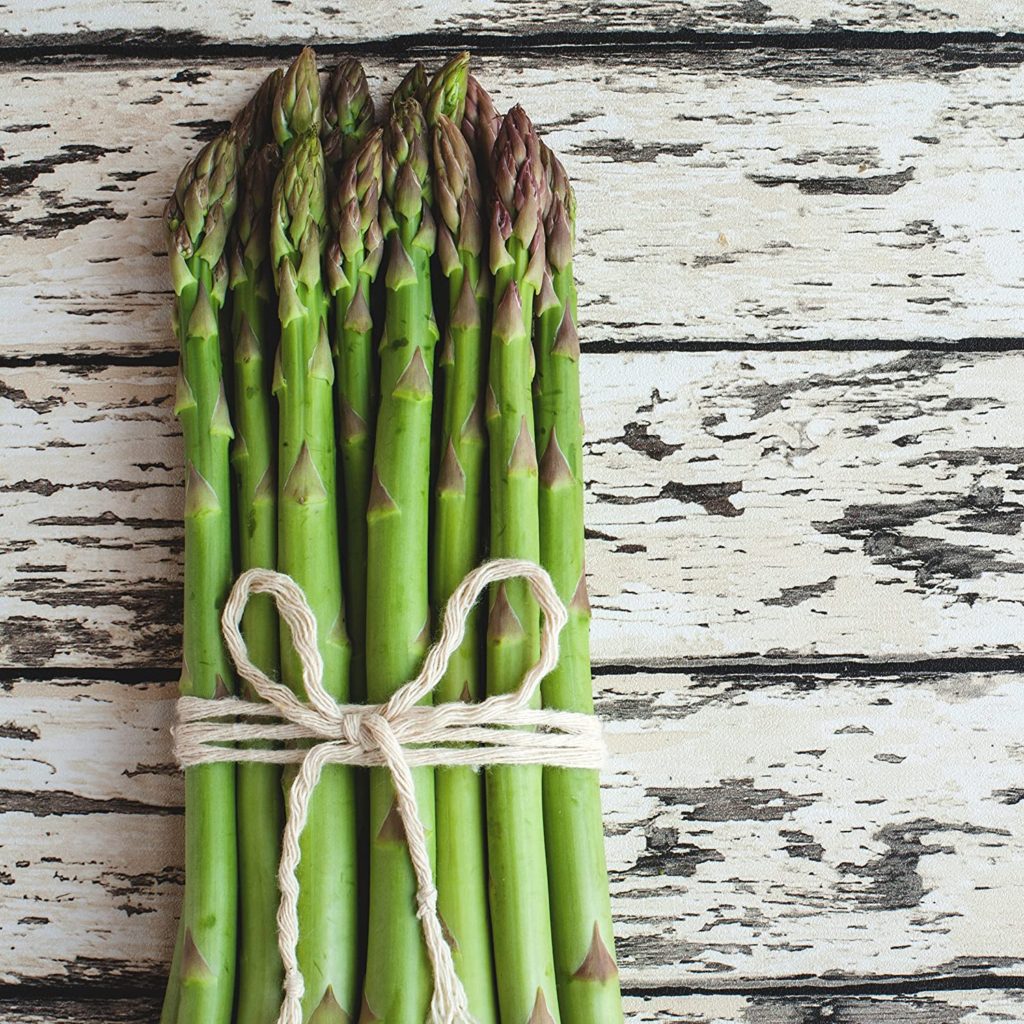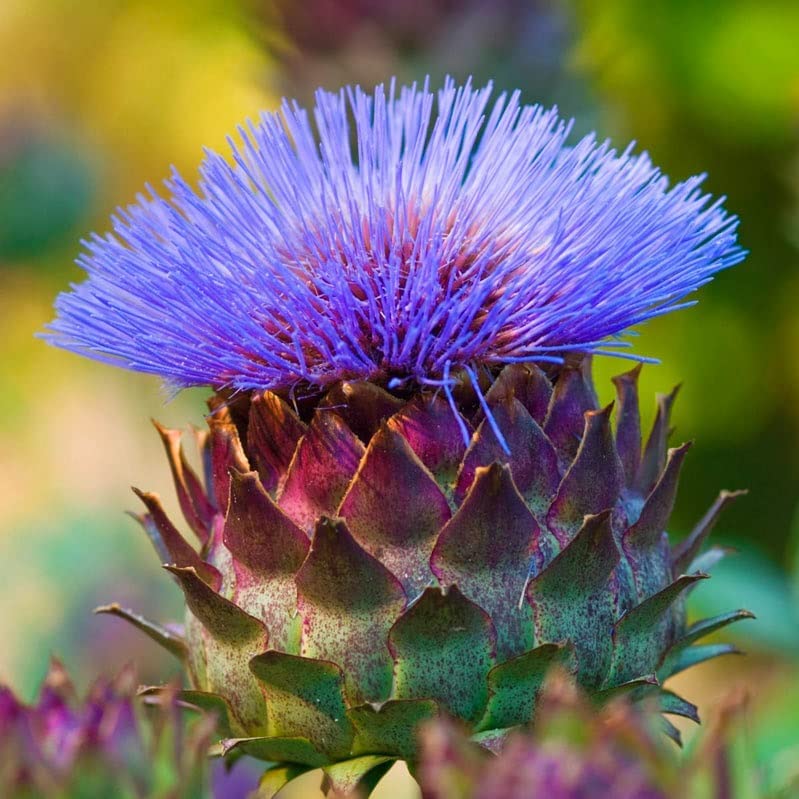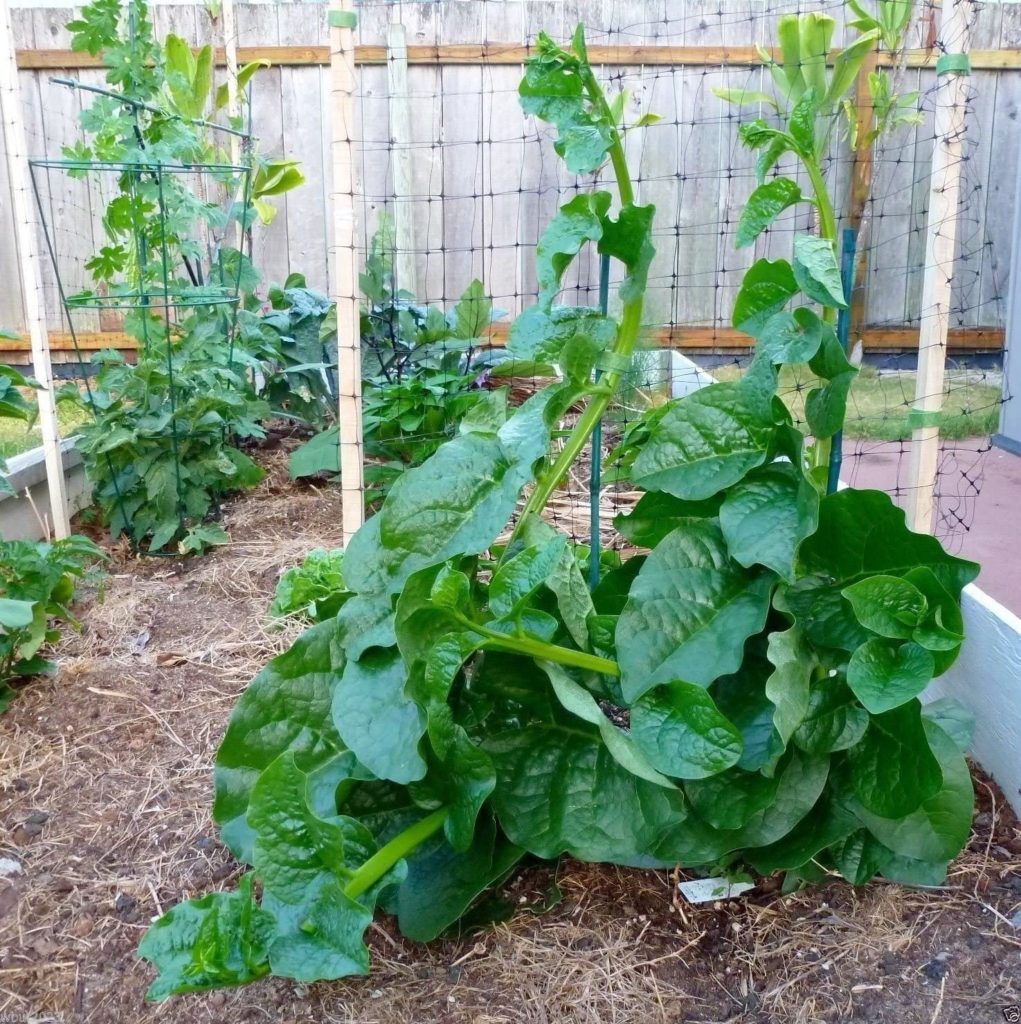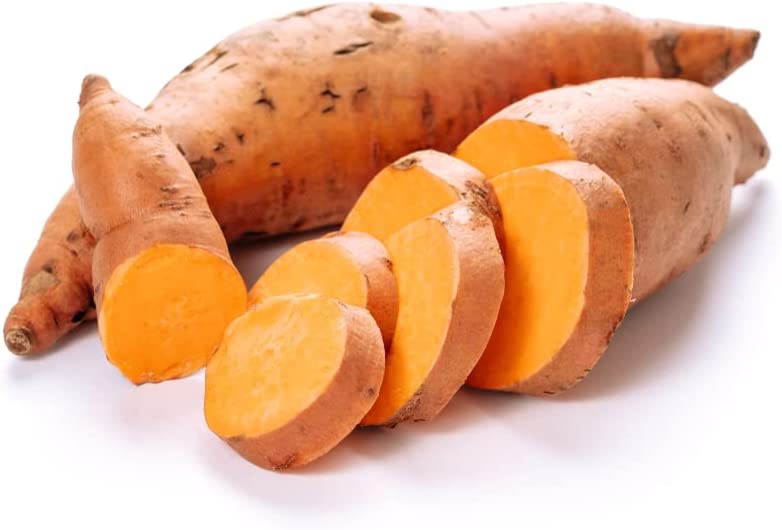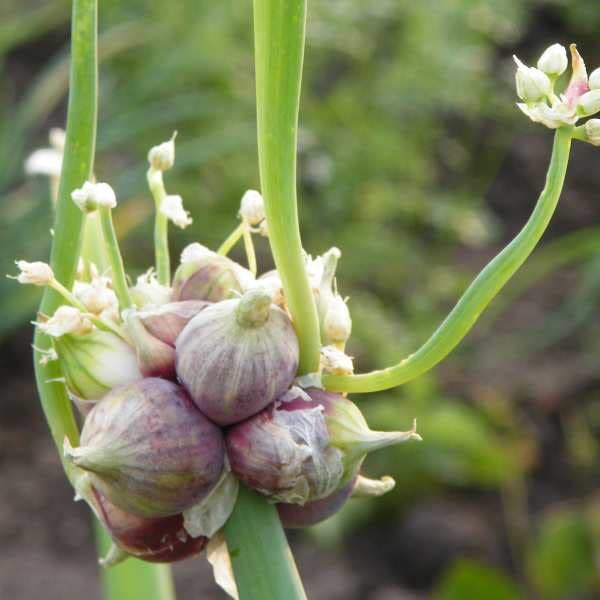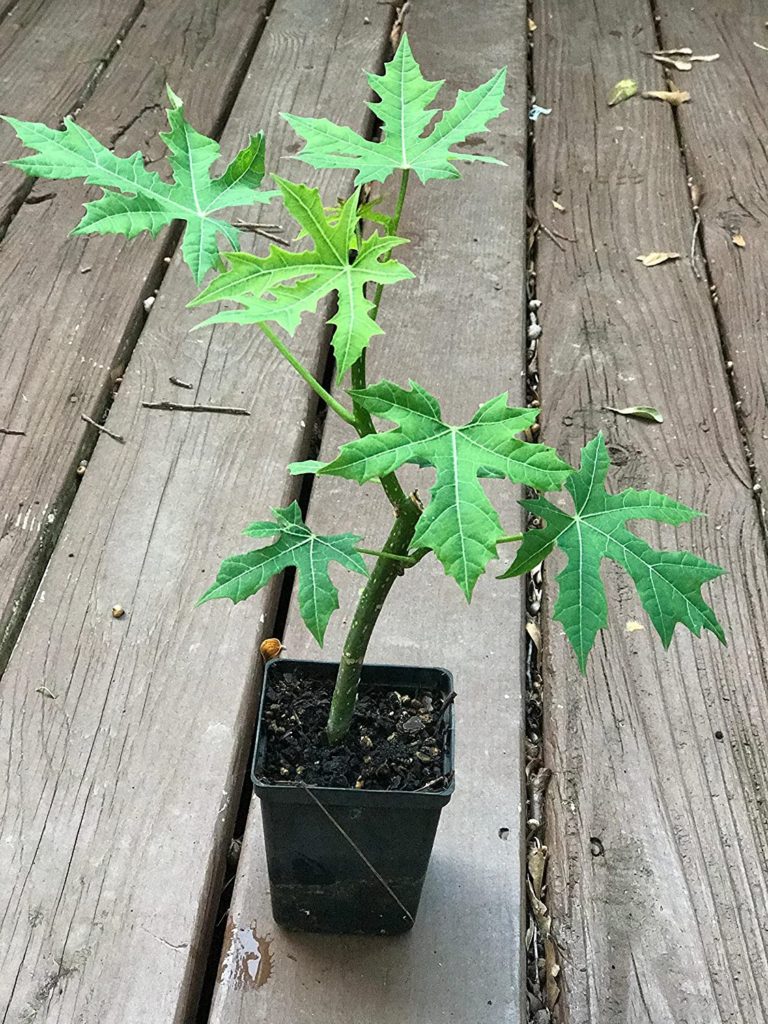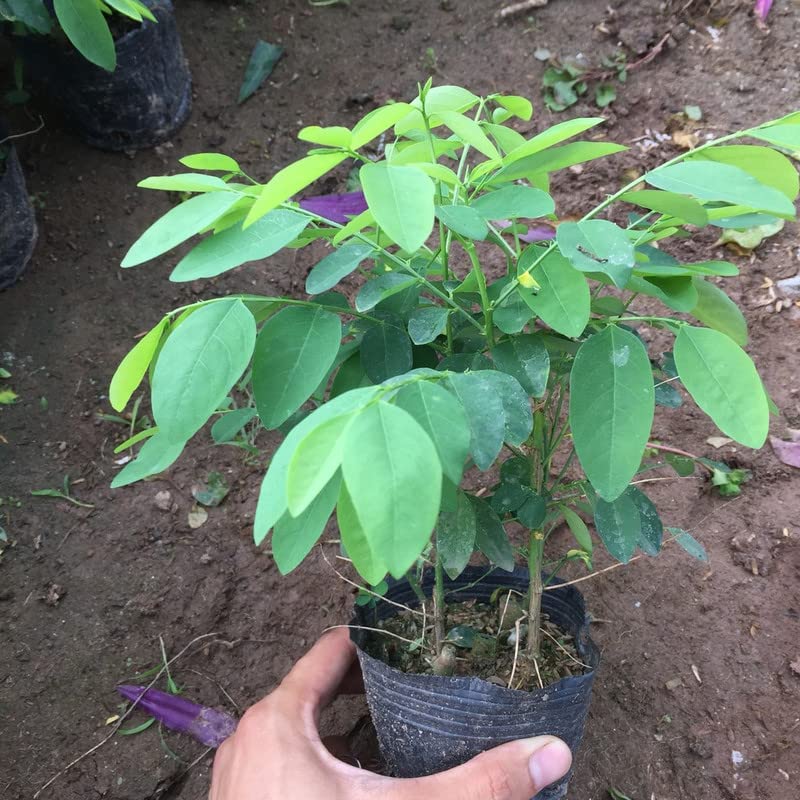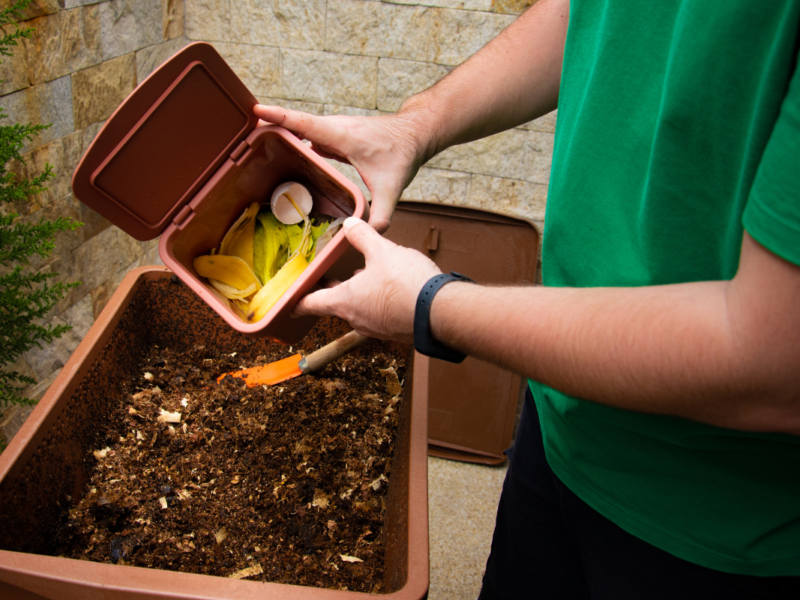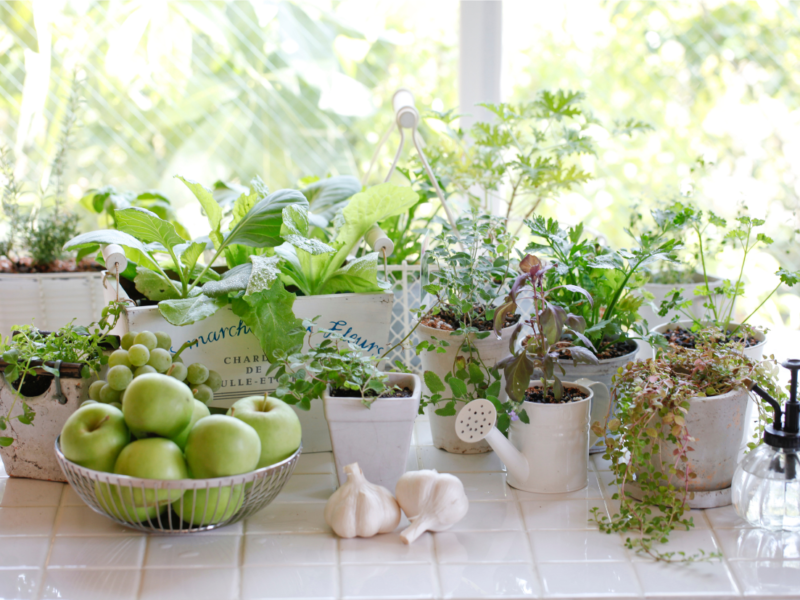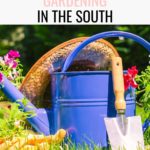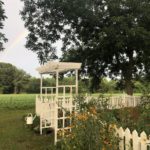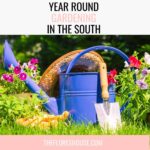Gardening enthusiasts in the southern regions are blessed with a longer growing season, providing ample opportunities for year-round gardening. With the proper knowledge and planning, you can create a thriving garden that yields fresh produce and vibrant flowers throughout the year. This blog post will explore the strategies and critical considerations for establishing a year-round garden in the South.
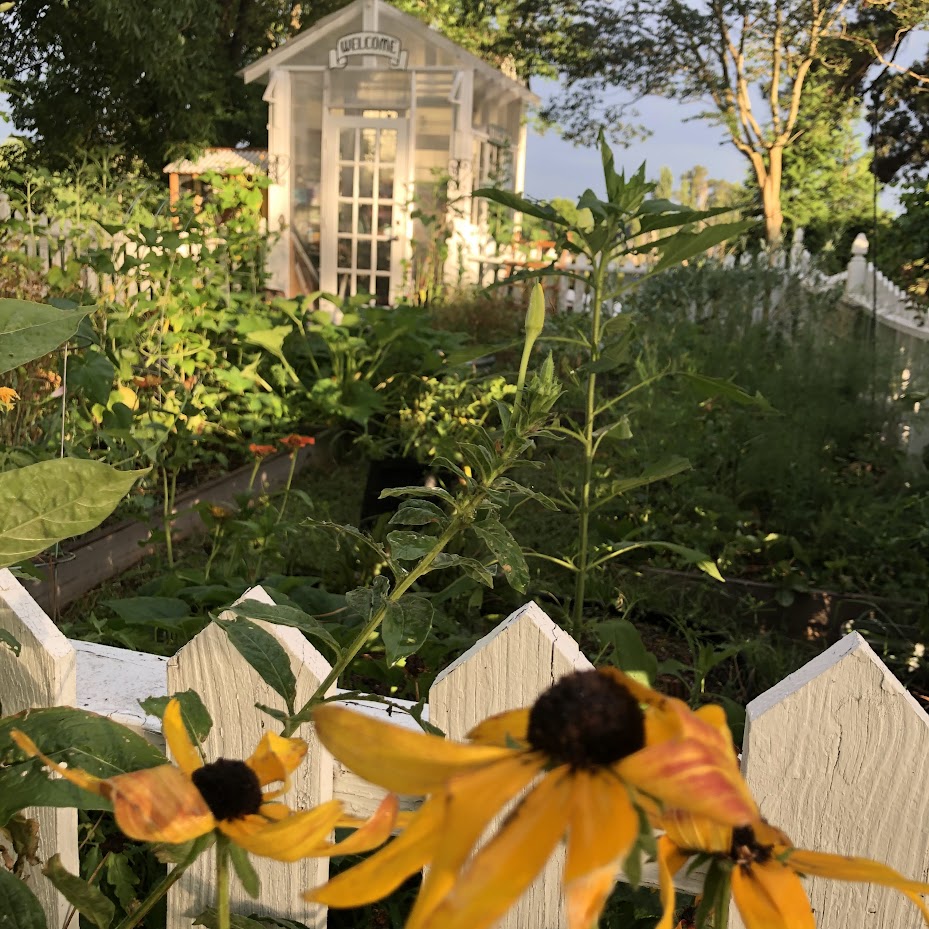
Before diving into the specifics of year-round gardening, it’s essential to determine the size of your garden. Whether you have a spacious backyard or limited space, you can adapt your gardening methods to accommodate your needs.
Even a small garden can be transformed into a flourishing oasis with proper planning and plant selection.
Choosing the Right Plants for Year-Round Gardening in the South
To achieve a year-round garden, it’s crucial to select plants that thrive in all seasons. Look for varieties labeled as “all-season” or “four-season” plants, which are well-suited to the southern climate.
These adaptable plants can withstand temperature fluctuations, allowing you to enjoy diverse produce and blooms throughout the year.
How Many Vegetable Plants per Person
Determining how many vegetable plants you’ll need per person depends on factors such as dietary preferences, space availability, and the number of people you aim to feed.
| Vegetable Type | Number of Plants per Person |
|---|---|
| Tomatoes | 5-10 plants |
| Peppers | 5-10 plants |
| Cucumbers | 5-10 plants |
| Zucchini/Squash | 2-4 plants |
| Lettuce | 4-6 plants (or more for continuous harvest) |
| Spinach | 4-6 plants (or more for continuous harvest) |
| Carrots | 10-20 plants (depending on desired yield) |
| Green Beans | 10-20 plants (depending on desired yield) |
| Snap Peas | 10-20 plants (depending on desired yield) |
| Radishes | 10-20 plants (depending on desired yield) |
| Herbs (e.g., basil, parsley) | 2-3 plants per herb variety |
| Broccoli | 3-5 plants |
| Cabbage | 3-5 plants |
| Cauliflower | 3-5 plants |
| Kale | 4-6 plants |
| Swiss Chard | 4-6 plants |
| Beets | 10-20 plants (depending on desired yield) |
| Eggplant | 2-4 plants |
| Onions | 10-20 plants (depending on desired yield) |
| Garlic | 10-20 plants (depending on desired yield) |
| Sweet Potatoes | 2-4 plants |
| Corn | 10-20 plants (depending on desired yield) |
| Pumpkins | 2-4 plants |
| Watermelons | 2-4 plants |
| Cantaloupes | 2-4 plants |
| Okra | 3-5 plants |
| Cauliflower | 3-5 plants |
As a general guideline, consider planting 5-10 plants per person for staple crops like tomatoes, peppers, and cucumbers. For leafy greens and herbs, 2-3 plants per person may suffice.
Of course, just adjust these numbers based on your specific requirements and available garden space.
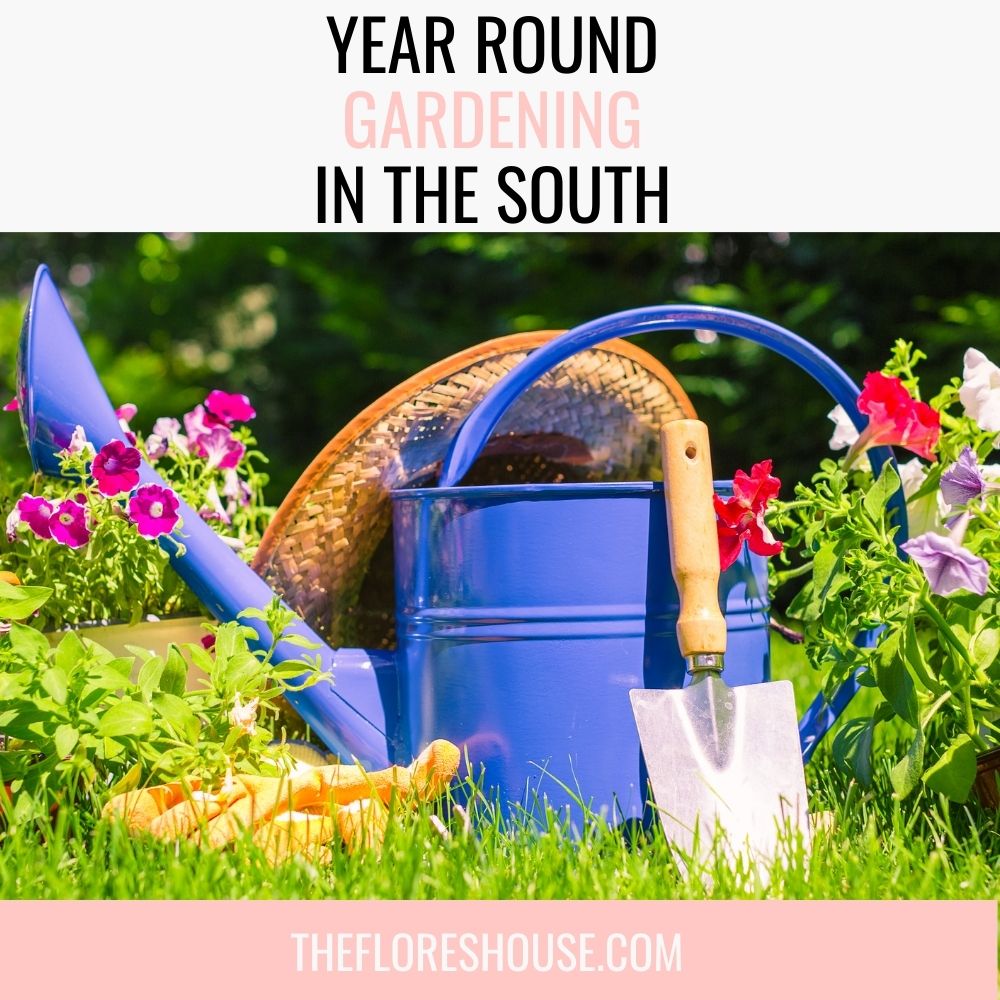
Zone-Specific Planting
Understanding your planting zone is crucial for successful gardening. In the southern United States, the region is divided into zones such as Zone 8, Zone 9, and Zone 10. Warm, temperate climates in these zones makes year-round gardening in the south possible and rewarding.
Each zone has different climate characteristics and recommended planting times.
For example, Zone 8 encompasses areas like South Carolina and parts of Georgia, where you can grow many plants, including hardy shrubs like azaleas and camellias.
Zone 9 covers regions like Florida, which offers favorable conditions for growing tropical fruits and vegetables such as citrus trees, bananas, and avocados. Research the specific plants suitable for your zone to ensure optimal growth.

Zone 8 Vegetables
Zone 8 is a versatile planting zone encompassing regions with mild winters and warm summers.
Gardeners in Zone 8 have the advantage of being able to grow a wide range of plants, including both cool-season and warm-season crops.
In this zone, you can enjoy abundant vegetables such as tomatoes, peppers, cucumbers, zucchini, lettuce, spinach, carrots, green beans, snap peas, and radishes.
Popular herbs like basil and parsley thrive in Zone 8 as well. Additionally, Zone 8 offers opportunities for growing beautiful flowering plants and shrubs like azaleas, camellias, coneflowers, black-eyed Susans, and daylilies.
With careful planning and appropriate care, Zone 8 gardeners can create lush and diverse gardens that showcase the best of both edible and ornamental plants.
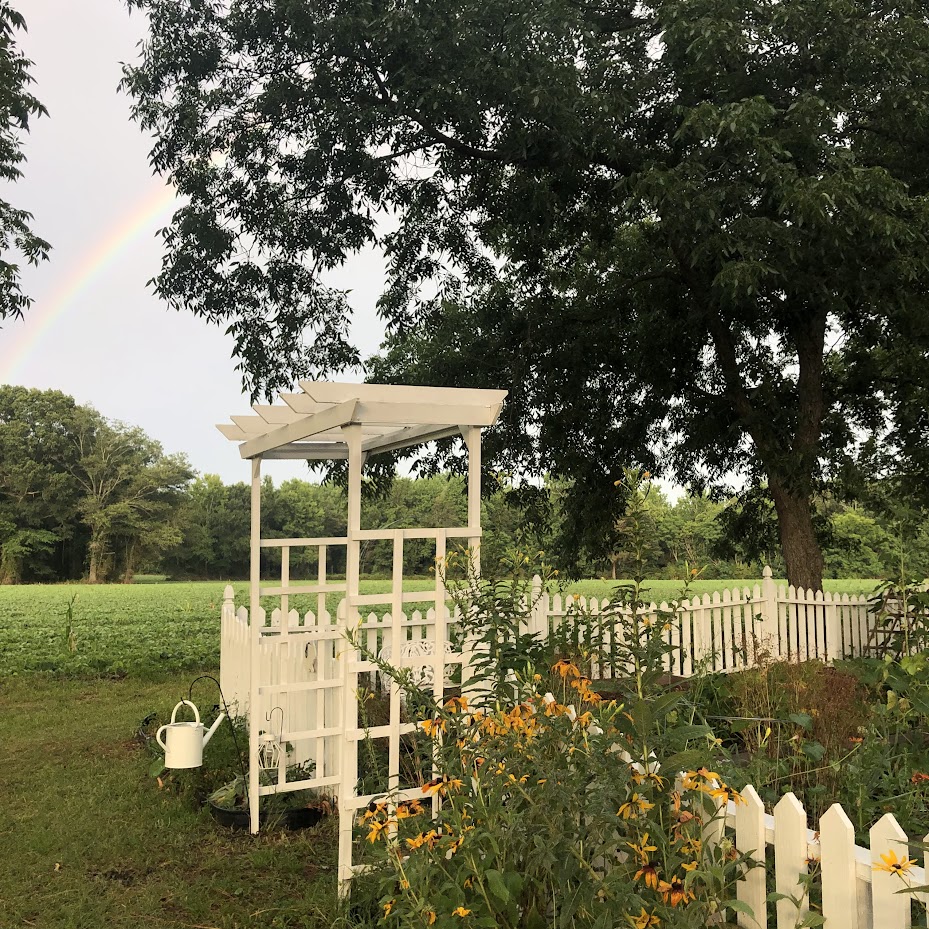
Zone 9 Vegetables
Zone 9 is a warm and sunny climate that is known for its long growing season. Gardeners can grow vegetables and fruits in this zone, including tomatoes, peppers, cucumbers, squash, beans, and melons.
Herbs such as basil, rosemary, and thyme thrive in this climate and can be grown outdoors and indoors. Additionally, gardeners in Zone 9 can grow various beautiful flowers, such as marigolds, petunias, and impatiens.
This region’s popular trees and shrubs include citrus trees, magnolias, and bougainvillea.
It’s important to note that while Zone 9 is an excellent climate for growing, it’s also susceptible to drought and extreme heat, so gardeners should plan accordingly and take steps to ensure proper irrigation and sun protection for their plants.

Zone 10 Vegetables
In Zone 10, which includes regions with warm and tropical climates such as parts of Florida, southern Texas, and Hawaii, gardeners can grow a wide variety of plants throughout the year.
This zone offers ideal conditions for tropical fruits like citrus trees, including oranges, lemons, grapefruits, and exotic fruits such as bananas, pineapples, and papayas. In addition to fruits, vegetables like tomatoes, peppers, eggplants, and okra thrive in the heat and long growing seasons of Zone 10.
Leafy greens like lettuce, spinach, and Swiss chard can also be grown, although they may require some shade or protection during the hottest months.
Beautiful flowering plants like bougainvillea, hibiscus, plumeria, and orchids are well-suited to this zone, adding vibrant colors and tropical flair to the garden.
With a diverse range of plants available, gardeners in Zone 10 can enjoy a lush and fruitful garden year-round.
Shop Our Garden Store!
Perennial Gardens for Year-Round Beauty
While edible crops take center stage in a year-round garden, don’t forget the aesthetic appeal of perennial flowers.
Planting a small perennial garden alongside your vegetables can provide continuous blooms and add visual interest to your outdoor space. Look for flowers that thrive in your zone, such as coneflowers, black-eyed Susans, and daylilies for Zone 8.
In warmer regions like Zone 10 in Florida, consider including bougainvillea, hibiscus, and plumeria to add vibrant colors to your garden throughout the year.

Perennial Vegetables in Zone 8 and 9
Zone 8, which encompasses most of the Carolinas and parts of Georgia, offers favorable conditions for many plants to thrive.
In this temperate region, gardeners can enjoy abundant edible and ornamental options. Popular vegetables like tomatoes, peppers, cucumbers, and zucchini flourish in Zone 8, providing ample opportunities for homegrown produce.
Leafy greens like lettuce, spinach, and kale also thrive in this zone, offering fresh and nutritious additions to the table.
For ornamental purposes, Zone 8 allows for cultivating vibrant flowers like azaleas, camellias, roses, and hydrangeas. Additionally, shrubs such as hollies, boxwoods, and butterfly bushes find their home in this zone, adding structure and beauty to the landscape.

With the diverse range of plants that grow well in Zone 8, gardeners can enjoy a lush and visually appealing outdoor space throughout the seasons.
In Zone 9, which covers areas with mild winters and long, hot summers like parts of California, southern Arizona, and southern Texas, gardeners have the opportunity to cultivate a variety of perennial vegetables that can provide a continuous harvest year after year.
Here are some perennial vegetables that thrive in Zone 8 and 9:
- Asparagus (Asparagus officinalis)
- Artichoke (Cynara cardunculus var. scolymus)
- Rhubarb (Rheum rhabarbarum)
- Jerusalem artichoke (Helianthus tuberosus)
- Sorrel (Rumex acetosa)
- Lovage (Levisticum officinale)
- Chinese chives (Allium tuberosum)
- Egyptian walking onion (Allium C. viviparum)
- Good King Henry (Chenopodium bonus-henricus)
- Sea kale (Trochunda Kale Variety)
- French sorrel (Rumex scutatus)
- Welsh evergreen bunching onion (Allium fistulosum)
- Siberian pea shrub (Caragana arborescens)
- Malabar spinach (Basella alba)
These perennial vegetables offer Zone 9 gardeners the advantage of long-term growth, reducing the need for replanting each year. Incorporating these vegetables into your garden can provide a sustainable and reliable source of fresh produce season after season.
We Recommend Gaea’s Blessing Seeds if you shop on Amazon.
Perennial Vegetables in Zone 10
In Zone 10, where the climate remains warm and tropical year-round, gardeners can grow various perennial vegetables that provide continuous harvests.
These resilient plants thrive in the favorable conditions of Zone 10 and offer an abundant supply of nutritious food.

Here are some popular perennial vegetables that flourish in this zone:
Moringa
Moringa, often called the “miracle tree,” is a highly nutritious plant that thrives in warm climates. The moringa tree’s leaves, pods, and seeds are all edible and packed with essential vitamins and minerals. Moringa is valued for its fast growth and ability to provide a sustainable food source.
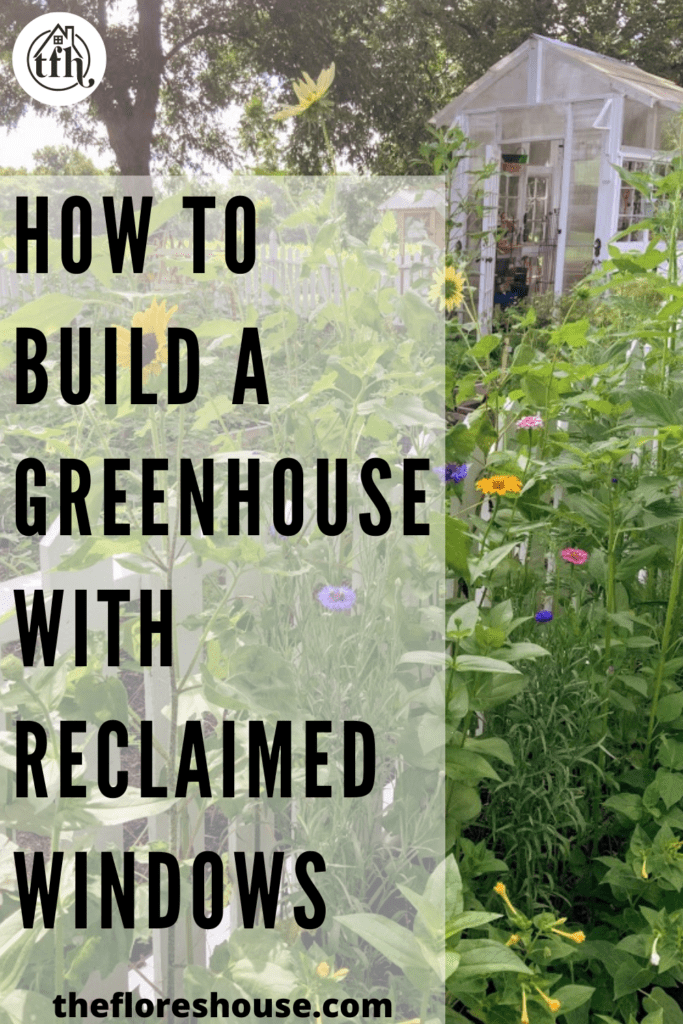
Malabar Spinach
Unlike traditional spinach, Malabar Spinach is a heat-loving vine that thrives in warm climates. Its thick, succulent leaves can substitute for spinach and add a unique flavor to dishes.
Sweet Potato
Sweet Potato, not to be confused with yams, are a versatile crop that can be grown as perennials in Zone 8-10. Proper care and maintenance will produce sweet tubers that can be harvested and enjoyed throughout the year in Zone 10.
Egyptian Walking Onion
This unique perennial, Egyptian Walking Onion, variety reproduces by forming bulbils on the top of the stalks, which then fall and grow new plants. It’s a low-maintenance crop that provides a continuous supply of onion-like bulbs.

Year-Round Gardening in the South: Planning for Success
Proper planning is crucial to ensure a successful year-round garden. Consider creating a garden calendar or a printable planting guide for your zone. We have a companion planting guide that is free to download.
These resources will help you schedule planting times, track maintenance tasks, and anticipate harvest periods.
Implementing a crop rotation plan can also help optimize soil health and prevent the buildup of pests and diseases.
Final Thoughts
Year-round gardening in the South is an exciting endeavor that allows you to reap the benefits of fresh produce and beautiful flowers throughout all seasons.
By selecting the right plants for your zone, planning effectively, and considering the specific needs of your garden, you can create an abundant and thriving outdoor space.
With year-round gardening in the south, you can embrace the opportunity to connect with nature, savor the flavors of homegrown vegetables, and surround yourself with the beauty of flowers that bloom all year. Happy gardening!
